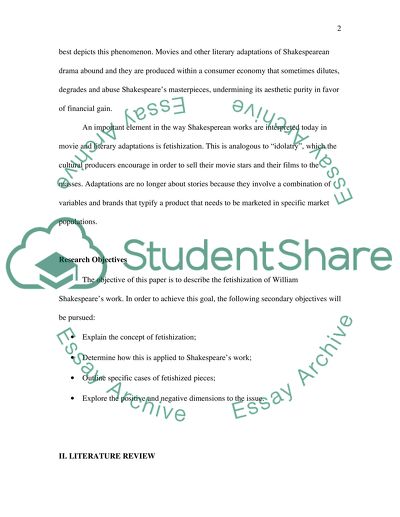Cite this document
(“Shakespeare as fetish Dissertation Example | Topics and Well Written Essays - 4000 words”, n.d.)
Retrieved from https://studentshare.org/literature/1394667-shakespeare
Retrieved from https://studentshare.org/literature/1394667-shakespeare
(Shakespeare As Fetish Dissertation Example | Topics and Well Written Essays - 4000 Words)
https://studentshare.org/literature/1394667-shakespeare.
https://studentshare.org/literature/1394667-shakespeare.
“Shakespeare As Fetish Dissertation Example | Topics and Well Written Essays - 4000 Words”, n.d. https://studentshare.org/literature/1394667-shakespeare.


